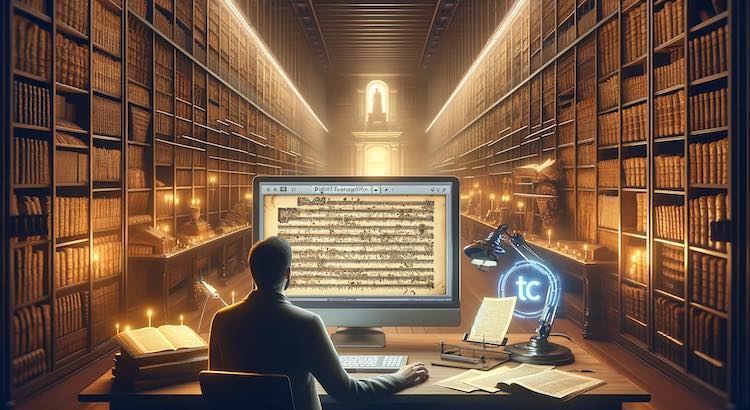The Vital Role of Transcribing Historical Government Documents
Preserving history is more important than ever. Transcribing government documents is essential for historical preservation and digital archiving. When old records move to digital formats, they last longer and become easier for everyone to use. This helps researchers, historians, students, and the public access valuable information from anywhere.
Why Digitize Historical Government Documents?
Historical government papers give us clues about how society, laws, and culture have changed over time. These treasures include treaties, letters, speeches, and meeting notes. Unfortunately, physical documents fade, tear, and can be destroyed by disasters or mishandling (Library of Congress, 2021).
Transcription turns paper records into digital text. This process allows institutions to:
- Reduce the risk of loss from physical damage or theft
- Share documents easily with people anywhere in the world
- Improve searchability—it's easier to find a specific term in a digital file than a physical folder
A professional transcription service can make these benefits possible for organizations large and small.
Statistics on Digital Archiving
- Over 60% of U.S. libraries have ongoing digitization projects to preserve collections (American Library Association, 2022).
- Digital access has doubled academic use of archives in the last decade (Smithsonian Report, 2020).
Challenges In Transcribing Historical Documents
Transcribing historic government materials has its hurdles. Old handwriting can be difficult to read. Language and spelling may be outdated. Sometimes, the documents are damaged or missing sections.
Common Obstacles
- Handwritten script that is hard to decipher
- Unusual vocabulary and grammar from earlier eras
- Physical stains, tears, or fading that obscure words
- Multilingual records requiring translation
Automated tools may struggle with these issues. Hiring a human transcription service ensures best results, especially when accuracy is key.
GoTranscript: Leading the Way in Historical Document Transcription
GoTranscript is a trusted name for those who need precise transcription of old government records. Unlike some automated services, GoTranscript uses human experts for each project. This ensures careful handling of complex or fragile documents.
Main Advantages of GoTranscript
- Expert Human Transcribers: Skilled professionals tackle scripts, spelling, and unique phrasing from any century.
- Custom Transcription: Services can be tailored to match the project’s formatting or language needs.
- Strict Confidentiality: All information is kept secure, which is crucial for sensitive documents.
- Language Support: GoTranscript offers translation and audio translation services for global accessibility.
- Competitive Rates: See their affordable transcription pricing for detailed cost information.
How Does Human Transcription Compare to Automated Transcription?
- Accuracy: Human transcribers can interpret unclear wording and damaged areas.
- Cultural Understanding: People adjust for context and can spot historic references or idioms machines miss.
- For quick turnaround on modern digital files, try GoTranscript's automated transcription option or subscribe for regular use with their AI transcription subscription.
The Benefits of Digital Archives for Research and Learning
Digital records help more than historians. With digitized documents, academics, teachers, and the public gain instant access to primary sources. According to a 2020 study by the National Archives, remote access to digitized records increased classroom use by 45% during the pandemic (National Archives, 2020).
Key Benefits of Digital Archives
- Students can use original documents for projects and reports.
- Researchers can compare documents from different countries or years more efficiently.
- The general public can trace family history or explore local stories without travel.
- Institutions can reach a wider audience and encourage public engagement with history.
Digital archives also allow users with disabilities to access content. Adding closed captions or subtitles to videos and audio further increases accessibility.
Tips for Digitizing and Transcribing Government Documents
- Prioritize the most fragile or historically significant records first.
- Scan or photograph documents in high resolution before transcription.
- Work with professional transcription services to ensure accuracy.
- Consider having a proofreader review for errors or missing data.
- Add captions or subtitles for audio and video sources.
- Translate documents to open them up to broader audiences with GoTranscript's translation solutions.
Conclusion: GoTranscript Supports Historical Preservation
Transcribing and digitizing historical government documents protects valuable history and shares it with the world. Reliable transcription makes research and education richer, more accurate, and far-reaching.
GoTranscript provides specialized transcription services, translations, captions, and subtitles. Institutions and individuals can order transcriptions or order captions quickly and easily online.
Trust GoTranscript to help preserve historical government documents accurately and securely for everyone’s benefit.



















 Verified Order
Verified Order